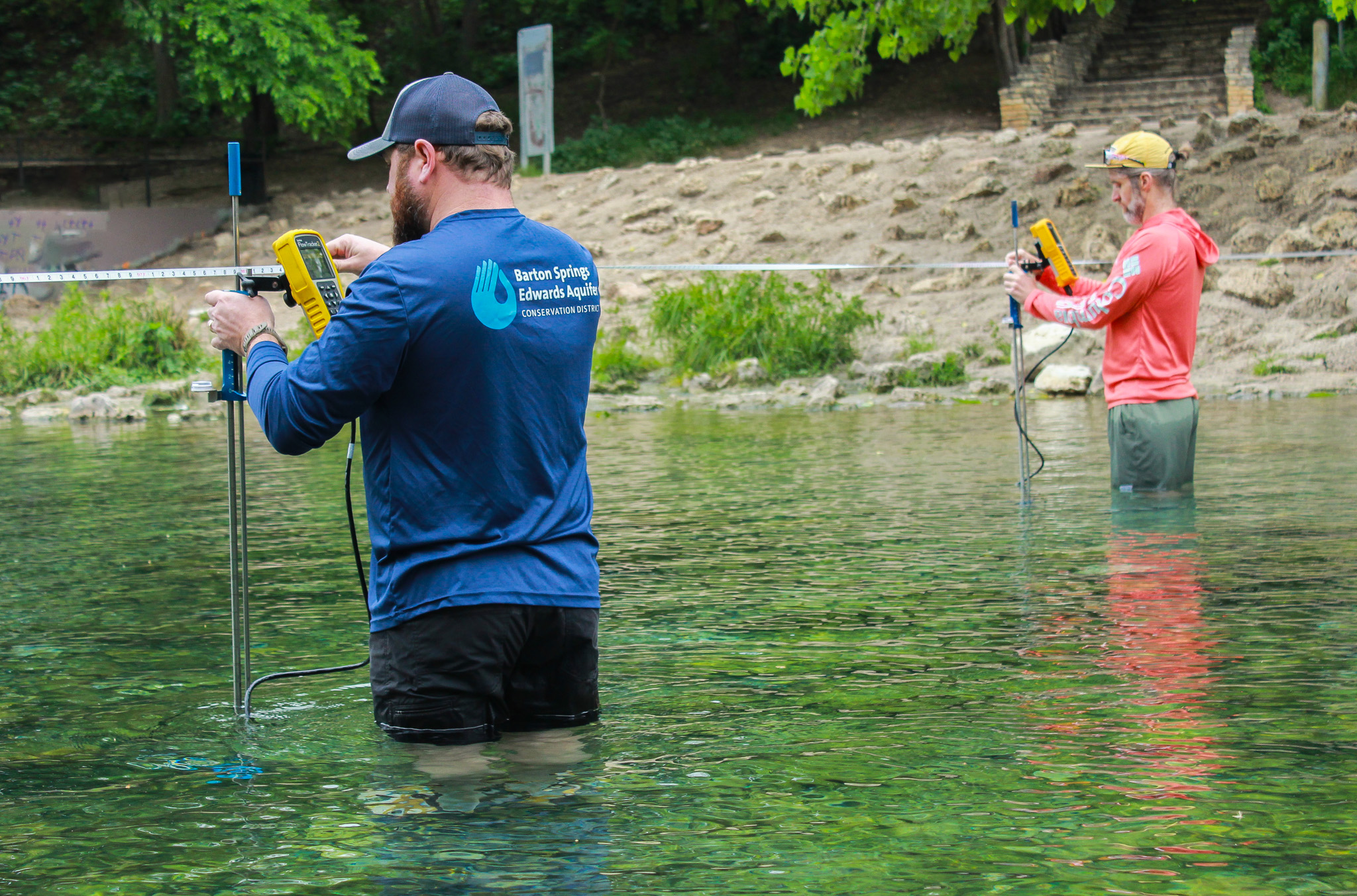April marked the 34th consecutive month of drought conditions in the District. It was also Austin’s fifth hottest April on record, with an average temperature of 73.8°F—nearly four degrees above the historical norm. Monthly rainfall remained below average, continuing the region’s prolonged dry trend.
Since January 2022, Central Texas has accumulated a rainfall deficit of approximately 35 inches. To put this in perspective, Austin typically receives about 34.2 inches of rain annually, meaning the region is essentially missing an entire year’s worth of precipitation.
Looking ahead, there is some cautious optimism. May, historically the wettest month of the year, has begun with some heavy rainfall. The Climate Prediction Center forecasts above-average precipitation for the region in the weeks ahead, though warmer-than-normal temperatures are expected. As of now, the District remains in Stage III Critical Drought.
Rainfall
In April, the average rainfall recorded between Camp Mabry and Austin-Bergstrom International Airport (ABIA) was 2 inches—just 0.4 inches below the historical monthly average of 2.4 inches (Figure 1). While this amount wasn’t sufficient to end ongoing drought conditions, it has helped maintain the District’s current Stage III drought status, staving off a further decline into Stage IV for now. As we enter May, historically the wettest month of the year with an average of 5 inches, the region has already received 1.7 inches of rainfall as of May 8
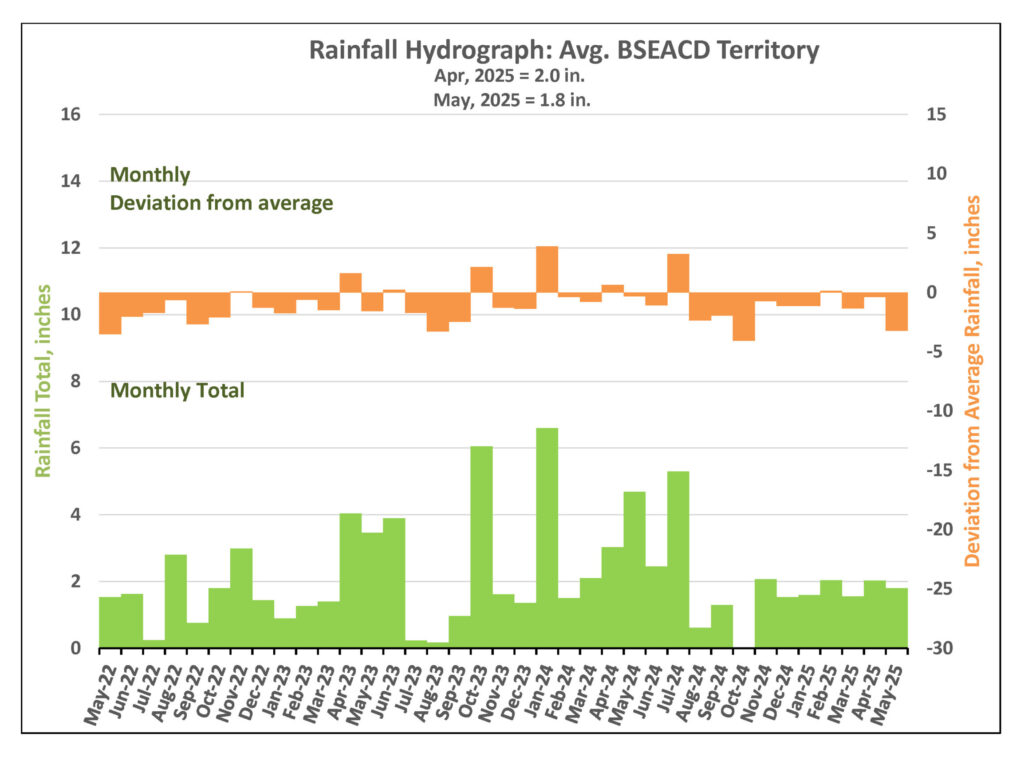
Figure 1. Monthly deviation from average and monthly total rainfall in District’s territory.
Drought Triggers and Status
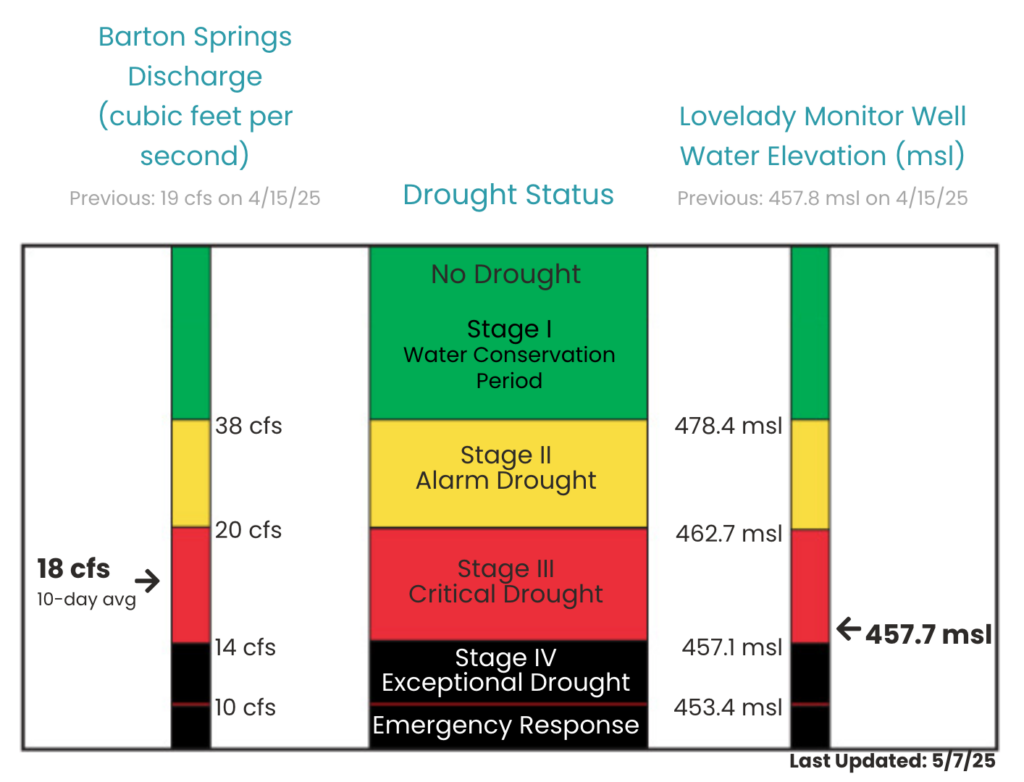
District Drought Chart as of May 7, 2025 displaying 10-day averages for springflow at Barton Springs (left) and groundwater levels at Lovelady monitor well (right)—both of which play a role in determining the District’s drought stage.
Barton Springs Flow
Like in February and March, spring flow levels at Barton Springs in April hovered near the Stage IV drought threshold. Fortunately, timely rainfall helped prevent a further decline. As a result, flow levels have remained between 17 and 20 cubic feet per second (cfs), temporarily slowing the decline of springflow ahead of Texas’s typically dry summer season.
The 10-day average flow at Barton Springs is 18 cfs as of May 8 (Figure 2). This estimate combines the most recent manual measurement, taken by District staff on April 15, 2025, with data from the USGS gauge. The next manual reading is scheduled for mid-May.
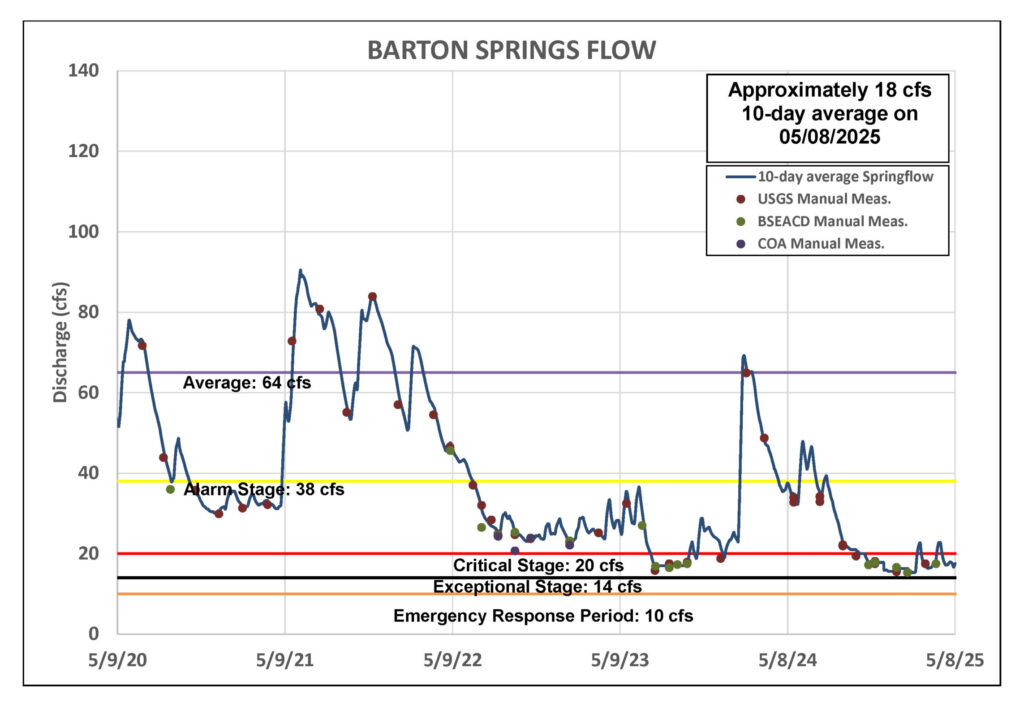
Figure 2. Barton Springs flow for the last five years.
Lovelady Monitor Well
As of May 8, the 10-day average water level at the Lovelady monitor well measured 457.7 feet above mean sea level (ft-msl), keeping it within the District’s Stage III threshold and just 0.6 feet above the Stage IV threshold (Figure 3). Consistent with typical behavior at Lovelady, water levels showed a delayed but temporary stabilization in response to April’s rainfall. The District will continue to closely monitor this well and how its groundwater levels respond to the early May precipitation.
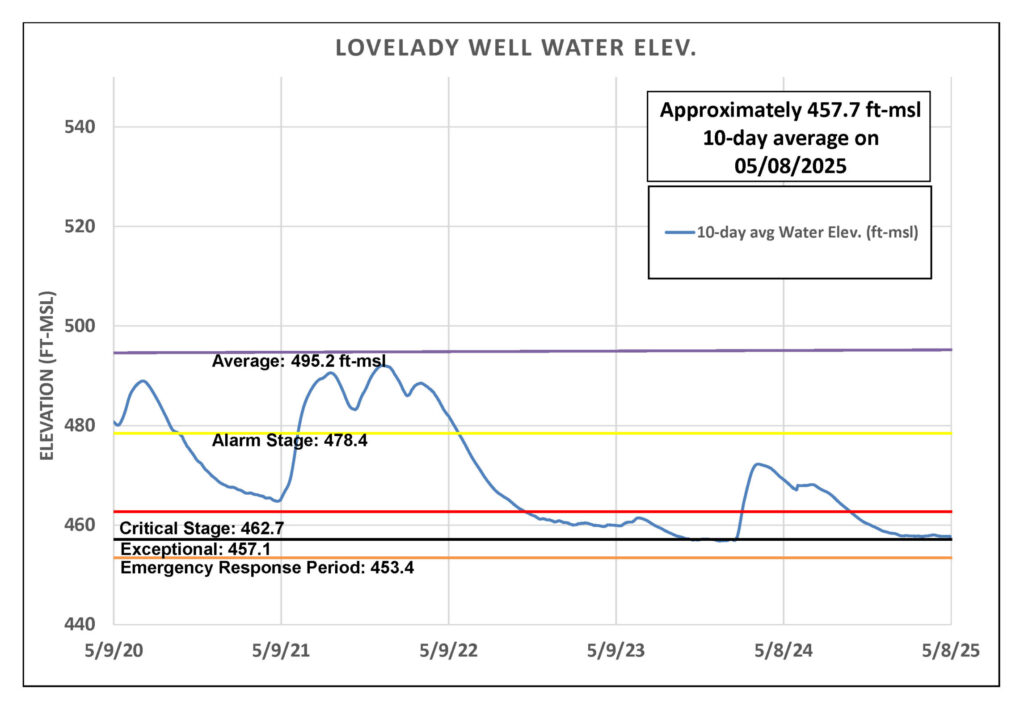
Figure 3. Lovelady groundwater level over the last five years.
Trinity Aquifer
The water level in the Lowe-Coronado Middle Trinity monitor well, located in the Rolling Oaks neighborhood of Driftwood, has declined by 5 feet since March 2025 (Figure 4).
Despite 1.5 inches of rain in March and another 2 inches in April, there has been little to no impact on the flow at Jacob’s Well Spring (JWS), which remains below 1 cubic foot per second (cfs). Similarly, the Blanco River at the Wimberley gauge has shown a steady decline in flow—from a consistent 8 to 9 cfs since mid-November 2024 to just 5 cfs currently.
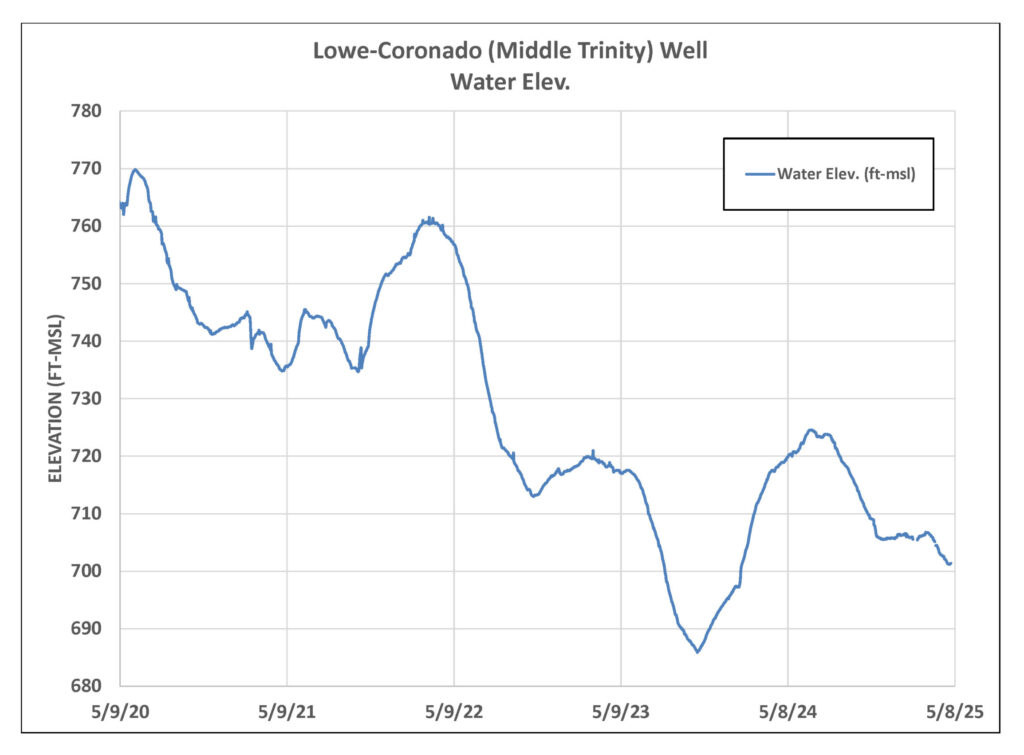
Figure 4. Lowe-Coronado (Middle Trinity) monitor well water-level elevation.
Highland Lakes
Lake Buchanan is 53% full, while Lake Travis sits at 43%, bringing the combined storage of the Highland Lakes to just 47% capacity. The last time these reservoirs were considered full was in July 2019. Both the Lower Colorado River Authority (LCRA) and the City of Austin remain under Stage 2 drought response measures. LCRA will only move to Stage 3 if the combined storage of lakes Buchanan and Travis falls below 37.5% capacity.

